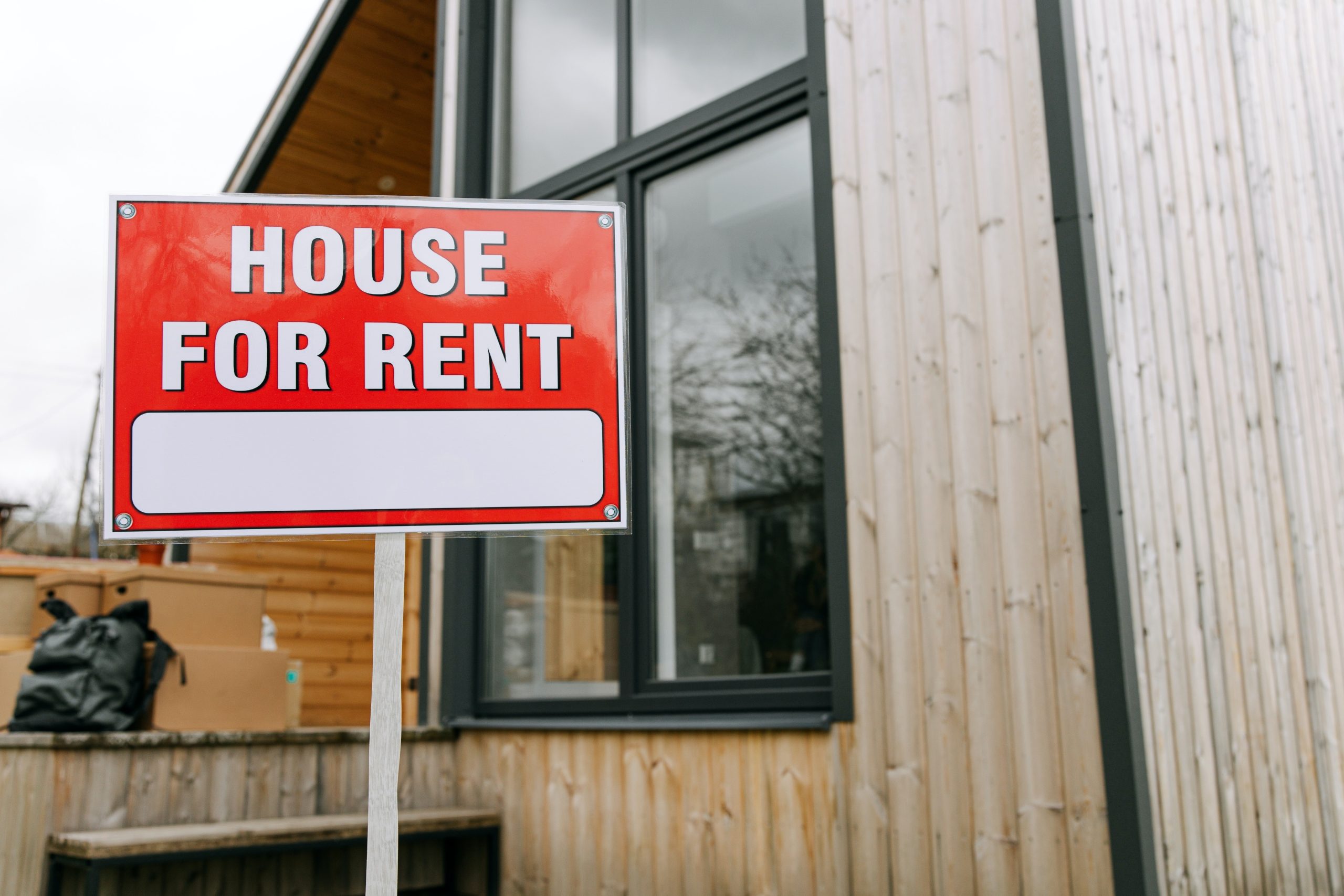
Both first-time and experienced landlords face the dilemma of establishing rental prices for their property. Set the rent too high, and units will sit empty, earning nothing while still accumulating expenses via utilities, taxes, insurance, etc. Charge too little in rent, and red ink will dominate your profit and loss statement again. The prospect of overpricing or underselling each carries a substantial risk of negatively impacting the landlord’s wallet.
Ultimately, the rent price for any property should help the landlord generate income each month without being overpriced in the community and for the market. The key is arriving at a fair price to both sides of the rental equation. But finding that sweet spot can be challenging. These strategies can help landlords in their quest to find the right-fit rental cost for each property.
Be Aware of Rent Control Laws
The first step is to determine whether your city or state is governed by rent control laws that limit the amount of rent and yearly rent increases. Economic conditions, such as the COVID-19 pandemic, may result in moratoriums on rent increases, from time to time, as well.
Consider Location, Location, Location
Property owners with rental units in different states must be mindful of how rental rates vary wildly across the country. From modest rates in the central portions of the nation to quadrupled (or greater) costs towards either coast. A wise landlord prioritizes researching every locale’s unique market.
Check Out the Local Market
Research the local rental market thoroughly, noting how “localized” the market actually is. Not only will the market differ from town to town, but it will also vary from one neighborhood to another and even from one street to another. Types of units—single-family homes versus apartments—will result in differing market outlooks as well. How saturated is the neighborhood with rental units? Because that too will impact the fair-to-all-parties rent that a landlord can expect to charge.
Determine the Value of Your Amenities
Especially in an area with a plentiful supply of rental units, amenities add significant leverage when it comes to rent prices. Investments throughout a property, such as new appliances, the addition of an in-unit washer/dryer, updated kitchen countertops, and bathroom remodels, add value that can certainly be reflected in the rent price. But be mindful of the temptation to overcharge, as the bright, shiny, new nature of said improvements may encourage a landlord to up the ante more than is justified.
Consider the Median Income of Area Residents
It’s quite simple: income streams impact purchasing power—in this case, the amount of rent folks can afford to pay each month. Investigate income statistics for the area where your rental property is located. Units will remain empty despite the need for housing if the rent is above what the working folks of the area can afford.
Be Aware of Rental Market Trends
Unfortunately, countless factors can affect all rental markets in the case of national or global incidents. In addition, more localized factors can impact any given housing market at any time. Landlords striving for success in the property rental business have no choice but to stay abreast of current events.
Bottom line: Don’t skimp on investing time and effort in the process of establishing rental prices.
About Rentals America
Rentals America provides full-service property management for residential rental properties. Our team is completely dedicated to property management and we’re here to help landlords navigate the rental market.










